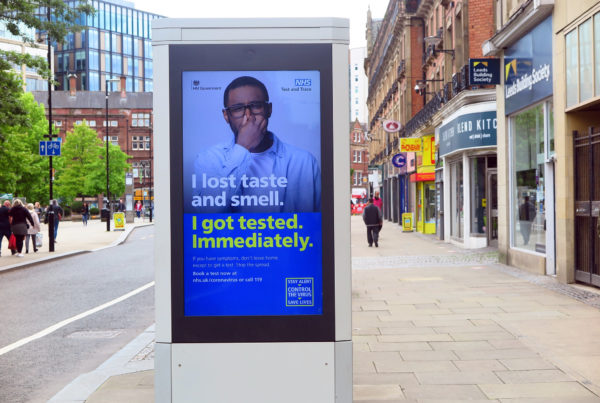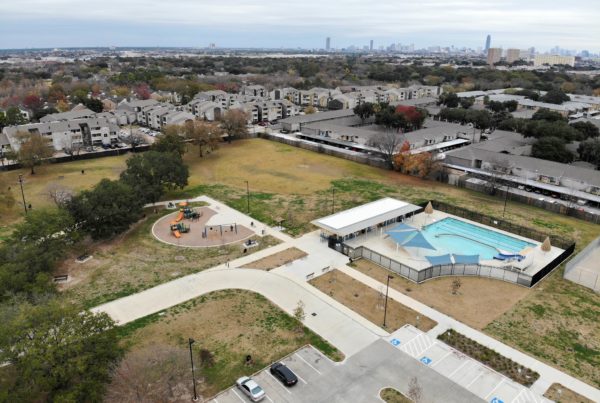The collapse of Champlain Tower South — the condo high-rise in Surfside, Florida — has communities questioning the stability of high-rises across the country.
The San Antonio Fire Department defines a high-rise as any building around seven stories or more. Using that definition, there are 149 office and residential high-rises in the city. High-rises undergo annual fire inspections, but not annual structural inspections.
The city’s Development Services Department regulates land and building development, and enforces property maintenance and building codes.
Michael Shannon directs the department and said the city strictly enforces building codes during their construction.
“It’s pretty standard for cities to that ensure buildings are built up to minimum safety codes and make sure they’re safe and going to stand up and be safe from a fire perspective and electrically and you know, safe air and all that stuff,” he said. “But it is very common for owners to bear the responsibility to maintain their structures.”
He said after buildings are constructed, future structural inspections are driven by any complaints his department receives.
“If we find something that is not up to the maintenance code then we’ll order the owner to fix it and certainly depending on the severity of the issue that we find will dictate how fast they have to do it, whether we have to order, you know, order people out of the building,” Shannon said.
He said the safety of buildings is also largely based on the liabilities an owner would face if they collapse.
“Owners don’t want to have a dangerous building… I’ve never met an owner that wants that,” Shannon said. “And certainly we don’t want that either, so we have to work together, but we do have tools if they choose not to.”
Those tools include fines for not making repairs.
Adolpho Matamoros is a structures expert and faculty member of UTSA’s Civil and Environmental Engineering Department. He pointed out that construction on the Champlain Tower South began in 1979. He says re-enforced concrete codes were strengthened since then, in 1983, and again with the codes used today. He said building collapses like Champlain are extremely rare because building codes continue to improve.
“It’s usually a combination of factors, an unusually high load and several mistakes, all of them happening at that the same time,” he said.
Matamoros said San Antonio’s location protects buildings from many stressors that other cities have, such as earthquakes, hurricanes, and largely from tornadoes. Its abundance of limestone also makes for firm footing for structures.
He said the Champlain collapse does raise the question if government-mandated structural inspections should be increased.
“We still owe it to ourselves to begin to ask those questions. How often should we be looking at buildings that have been in service and do we need requirements to make sure that those buildings remain safe?” he said.
Shannon said local high-rises are very safe, but encourages residents to contact his department if they have any concerns.
















